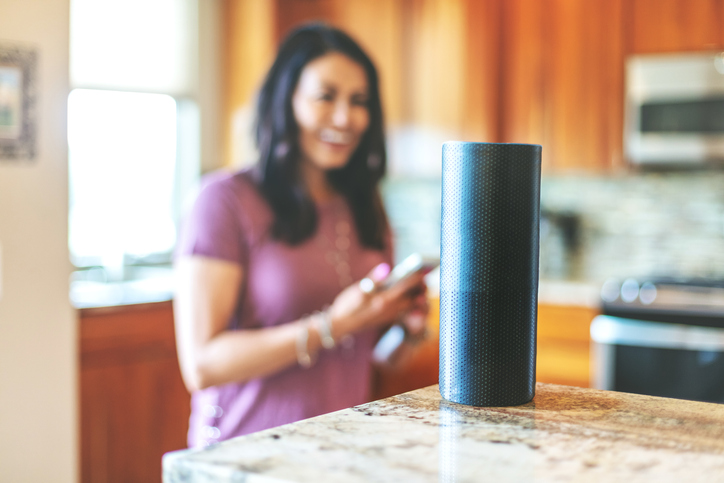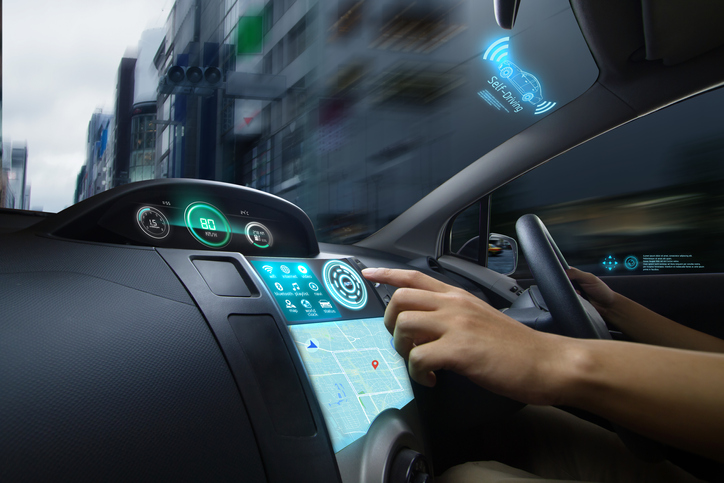Editor’s note: Phil Ahad is chief digital officer at market research firm Toluna, Wilton, Conn.
The relatively short history of consumer electronics includes products that blew up in ways their creators never envisioned and other disruptive technologies that never really took off despite huge marketing budgets. Many of the best products fill needs consumers didn’t even know they had.
Smart companies put a lot of effort into understanding their prospective customers. How do brands know what consumers will adopt in such a field as complex as consumer technology? Consumer insights are crucial to new product development.
Toluna and Harris Interactive jointly conducted a global survey of over 7,000 consumers from Australia, France, Germany, Italy, Spain, the U.K. and the U.S. The goal was to get a feel of technology around the globe: how comfortable are consumers with new devices and innovations; in what areas are they likely to buy; what did they already own; how they are using it; and more. The survey was in the field for 24 hours in February. The three age groups were 18-34, 35-54 and 55+.
The results are interesting. While there were some differences between country, gender and age categories, there are significant similarities on most issues across the board.
Consumer excitement
Most consumers (59%) say they are very comfortable with new technologies. The youngest age category (18-34) demonstrate the most enthusiasm with 77% affirming their comfort, compared to 60% of those ages 34-to-54 and only 41% in the 55+ age group agreeing.
The most popular new technology is speech recognition/voice search with 51% of all consumers surveyed saying they have tried it. Wearable technology devices came in second with smart home or IoT-connected devices in third. Coming in at 24%, the least tried category is smart or foldable displays (smart speakers with screens).
New technology ownership varies by market. In most countries speech recognition/voice search is the leading technology, while in France, wearable technology devices are by far the most popular.
Smart home
 Smart speakers are probably the gateway product for most consumers when it comes to smart homes. These include Amazon Alexa, Siri, Google Assistant and Microsoft Cortana. A majority (59%) of consumers globally have used smart speakers, especially the younger two age groups (75% of those 18-to-34 use smart speakers). Most people use smart speakers at home for several things, but the number one and two items – about equal – are to obtain news and weather or to play music. They are also used to search for products; set alarms; make shopping or to-do lists; control smart home devices; make online purchases; or play games. Age does make a difference here with younger consumers being more likely to use the speakers for online purchases. Most users of smart speakers – just over half (52%) – use them at least once daily. Not surprisingly, Americans use smart home technology the most, with 45% using them multiple times a day.
Smart speakers are probably the gateway product for most consumers when it comes to smart homes. These include Amazon Alexa, Siri, Google Assistant and Microsoft Cortana. A majority (59%) of consumers globally have used smart speakers, especially the younger two age groups (75% of those 18-to-34 use smart speakers). Most people use smart speakers at home for several things, but the number one and two items – about equal – are to obtain news and weather or to play music. They are also used to search for products; set alarms; make shopping or to-do lists; control smart home devices; make online purchases; or play games. Age does make a difference here with younger consumers being more likely to use the speakers for online purchases. Most users of smart speakers – just over half (52%) – use them at least once daily. Not surprisingly, Americans use smart home technology the most, with 45% using them multiple times a day.
Technology in retail
The use of new technologies in retail is where we really see big differences between ages. Imagine you are paying at the checkout point and your face is scanned. You then receive a customized advert asking you to purchase a specific product using information it has stored about you. If you are bothered by that, chances are, you are older and slightly more likely to be female. If you think that’s a cool convenience, you are probably between the ages of 18 and 34 and slightly more likely to be male. Only 36% of consumers surveyed are ready for that development. Germans are the least likely to welcome this use. Italian respondents at 47% are the most likely to welcome the change.
An area where technology can augment the buying experience in a manner that consumers are ready to embrace is virtual testing. For instance, there are programs that let you compare cosmetics or clothes and see the result on screen before buying. To the question, “Would you be more likely to purchase a product after virtually trying it?” 71% of the youngest group (18-34) say yes, 62% of those ages 35 to 54 say yes and just over half (46%) of the oldest group (55+) prefer to buy something in this way.
Constant connectivity
 Most people are connected to the internet via their phone, watch, laptop, smart speaker or computer a majority of the time. Some people even have withdrawal-like symptoms when not connected. Few people today are happy to live without constant connectivity. In fact, 33% of consumers surveyed say it’s extremely important to be connected to the internet, 32% say it’s very important and 20% say it’s somewhat important. That means most people (86%) find it at least somewhat important. Only 9% say it is not that important and 5% say it’s not important at all.
Most people are connected to the internet via their phone, watch, laptop, smart speaker or computer a majority of the time. Some people even have withdrawal-like symptoms when not connected. Few people today are happy to live without constant connectivity. In fact, 33% of consumers surveyed say it’s extremely important to be connected to the internet, 32% say it’s very important and 20% say it’s somewhat important. That means most people (86%) find it at least somewhat important. Only 9% say it is not that important and 5% say it’s not important at all.
The emerging standard for connectivity – 5G – is well known in most markets. Nearly half of respondents surveyed are familiar with it, but it does vary by market. Three quarters of American, French and German respondents are familiar with 5G while just half of Spanish respondents report the same familiarity.
Driving change
 Cars say a lot about their drivers. We are keen to try out new technologies in cars. Emerging features including self-parking, touch screen dashboards, automatic breaking, remote car starters and backseat- or passenger-app controlled dashboards. The most popular feature is self-parking (48%) and the least popular is backseat- or passenger-app controlled dashboards (22%). Anyone who has ever parked in a small space on the street in Italy or Spain won’t be surprised to learn that the self-parking feature is most popular in these two countries at 63% and 59%, respectively. In the U.S., where throughout most of the country drivers can park in large, open parking lots, only 41% would like this feature.
Cars say a lot about their drivers. We are keen to try out new technologies in cars. Emerging features including self-parking, touch screen dashboards, automatic breaking, remote car starters and backseat- or passenger-app controlled dashboards. The most popular feature is self-parking (48%) and the least popular is backseat- or passenger-app controlled dashboards (22%). Anyone who has ever parked in a small space on the street in Italy or Spain won’t be surprised to learn that the self-parking feature is most popular in these two countries at 63% and 59%, respectively. In the U.S., where throughout most of the country drivers can park in large, open parking lots, only 41% would like this feature.
Motivating tech purchases
Most people don’t buy technology as a novelty. So what is the major motivator for investing in new technology? It’s almost equally split between entertainment (33%), functionality (35%) and mixed entertainment/functionality (21%). While the answers probably say more about how we feel about technology than how we use it, it does vary by country. American respondents are most likely to say that their primary purpose for technology is entertainment at 43%. French and Italian respondents are least likely (27%) to say entertainment is the primary purpose. Italians are the most likely to say their primary motivation is functionality at 44%, and in the U.S. only 27% of respondents say functionality is their primary motivation for technology purchases.
Clear and comprehensive research
Companies with technology concepts will struggle to have good insight into what their customers want without access to clear and comprehensive research. Preferences vary among ages, across regions and even by gender. With technology, the race to have the newest, coolest, most useful product in the right categories is a hard-fought one.
